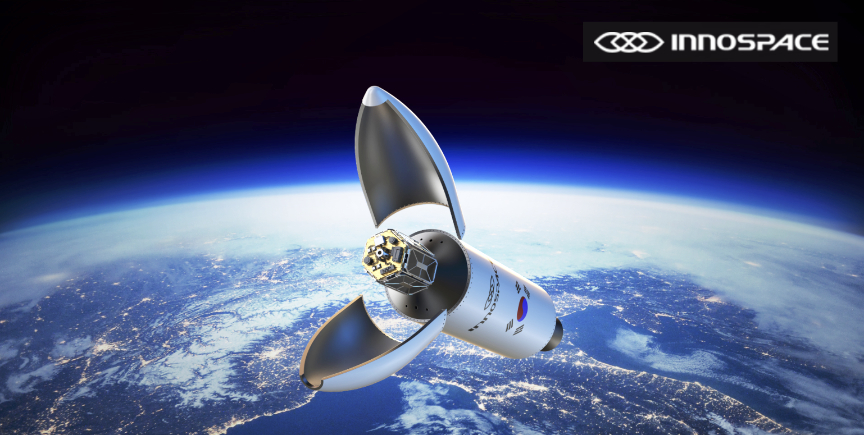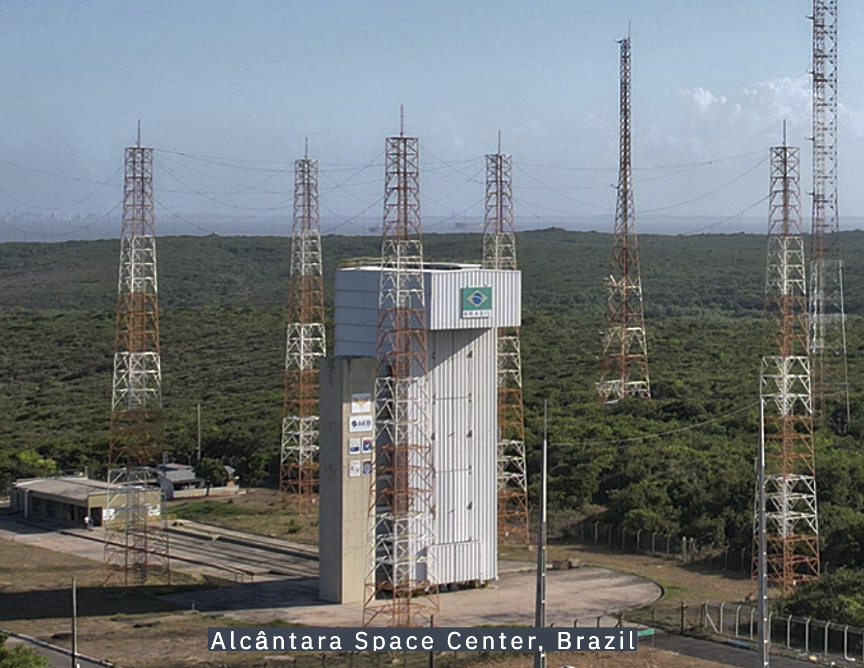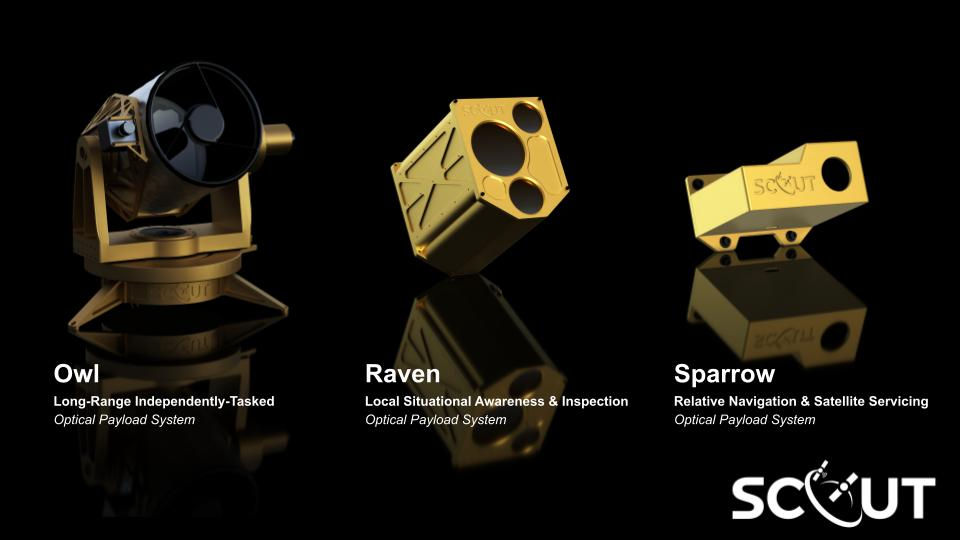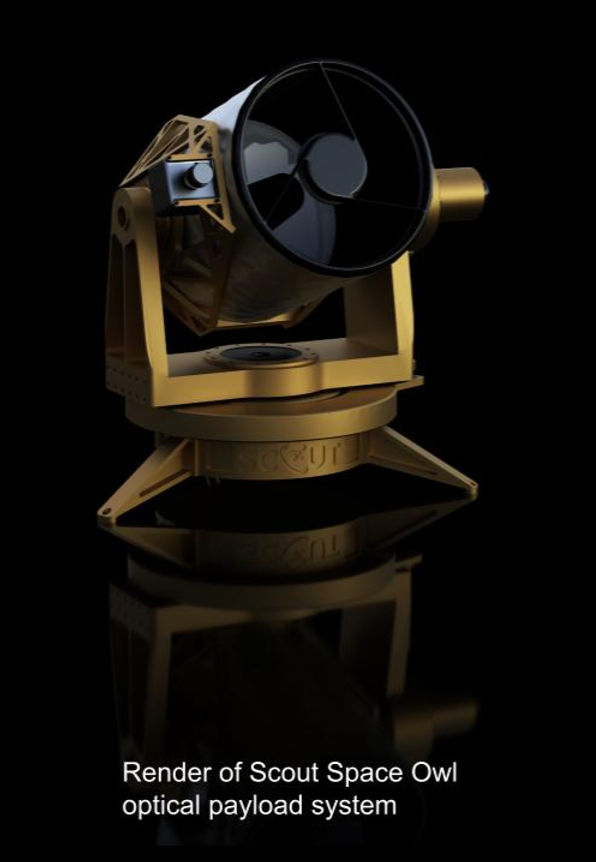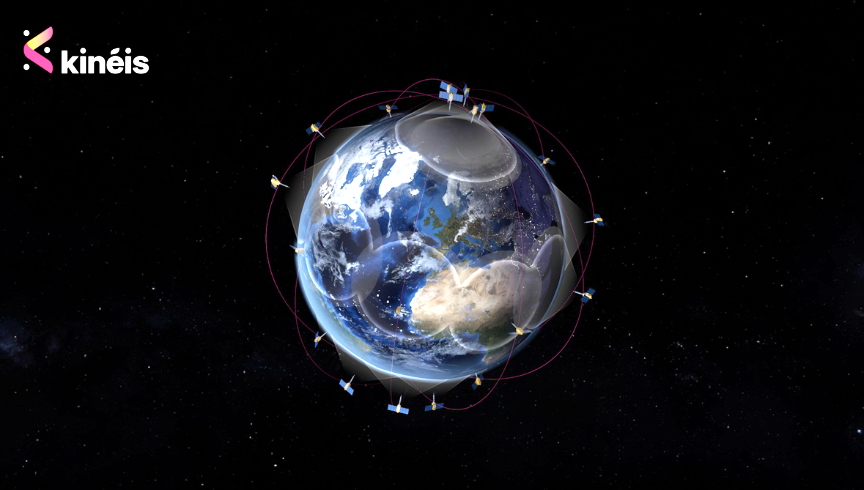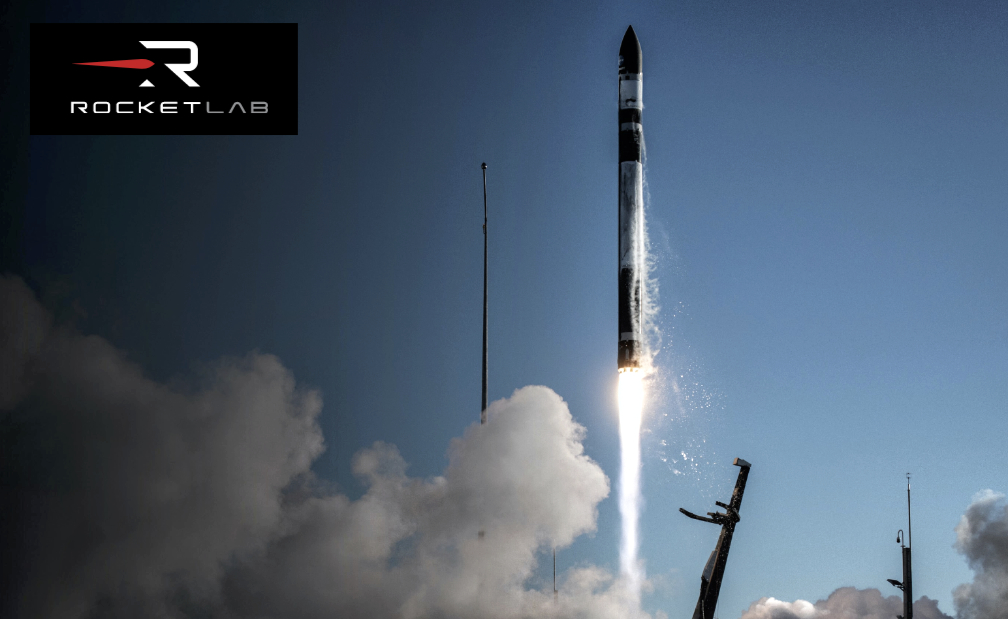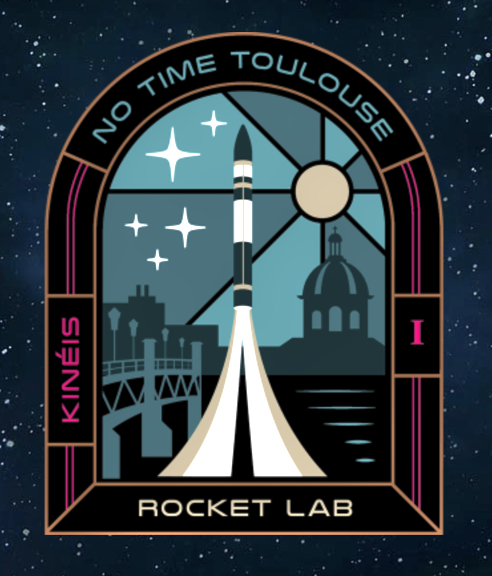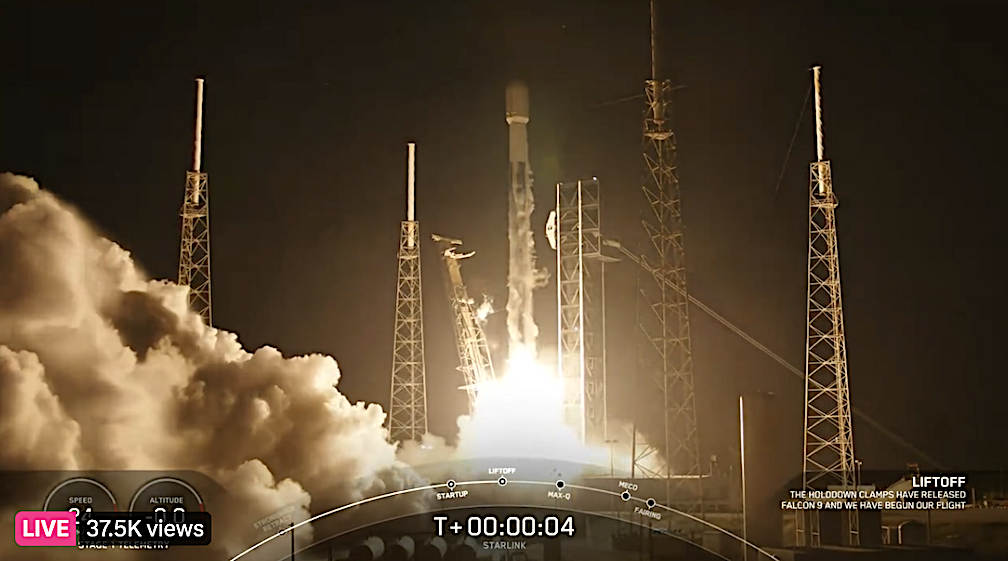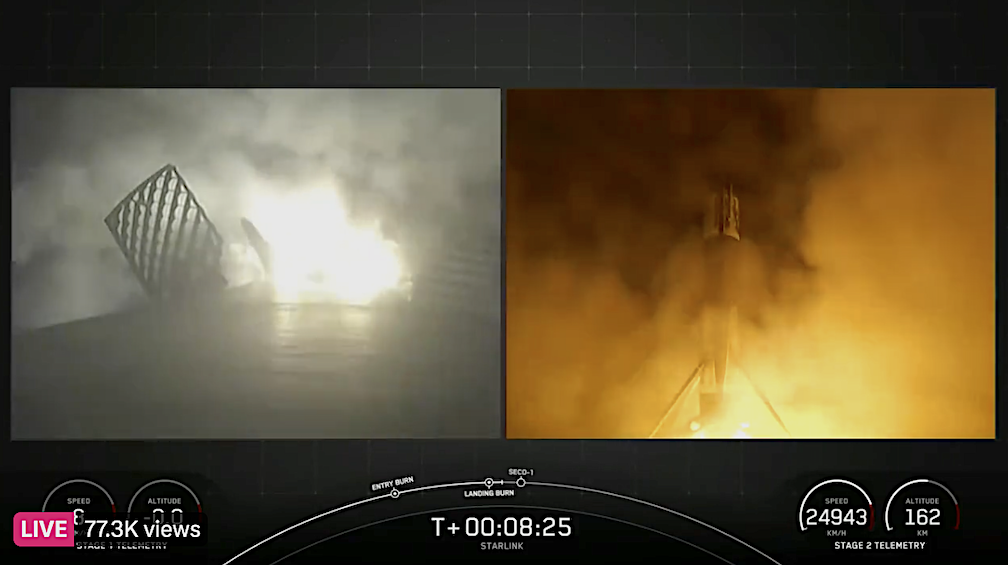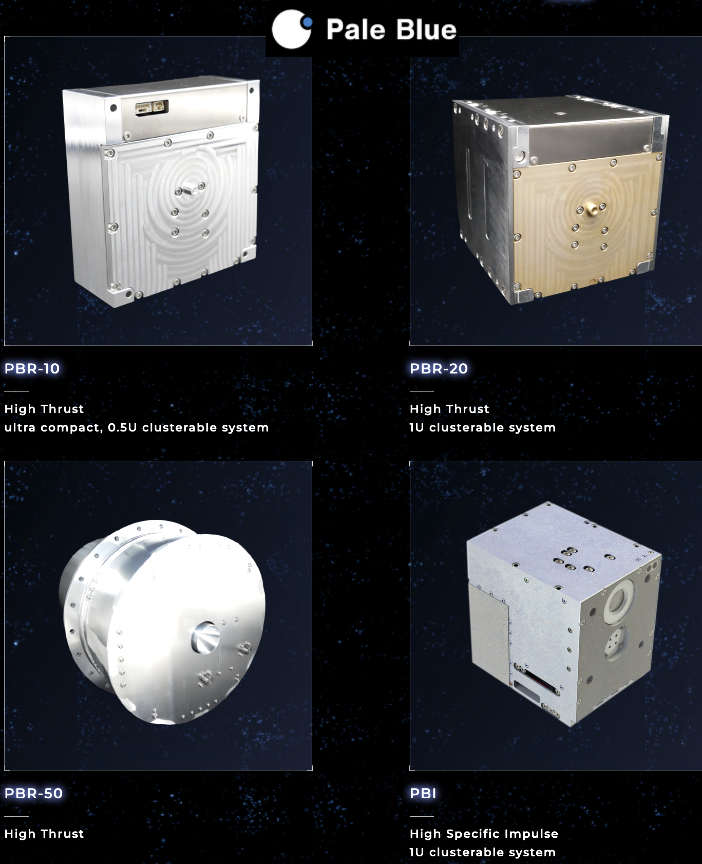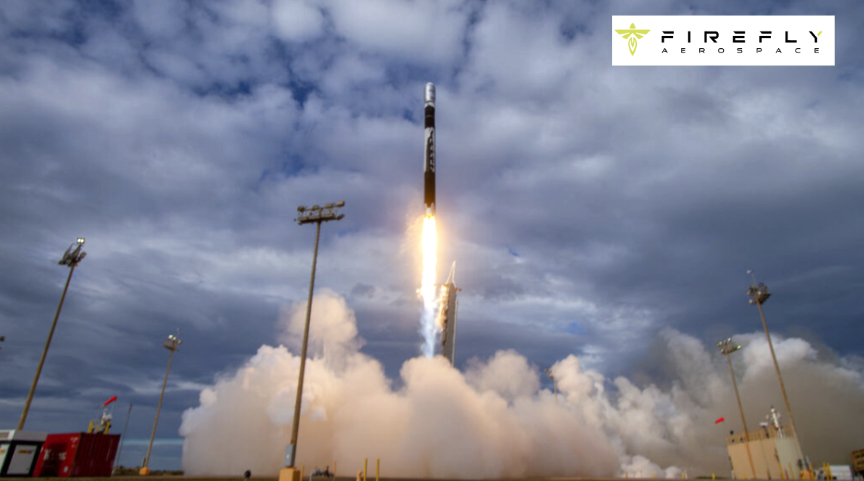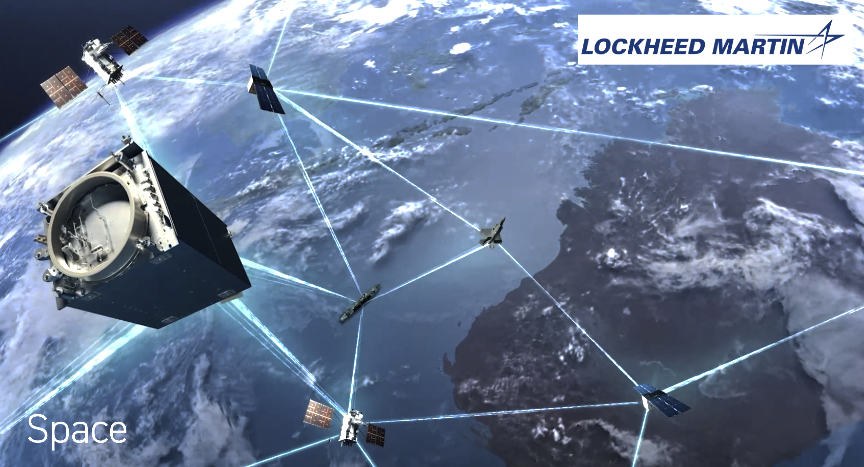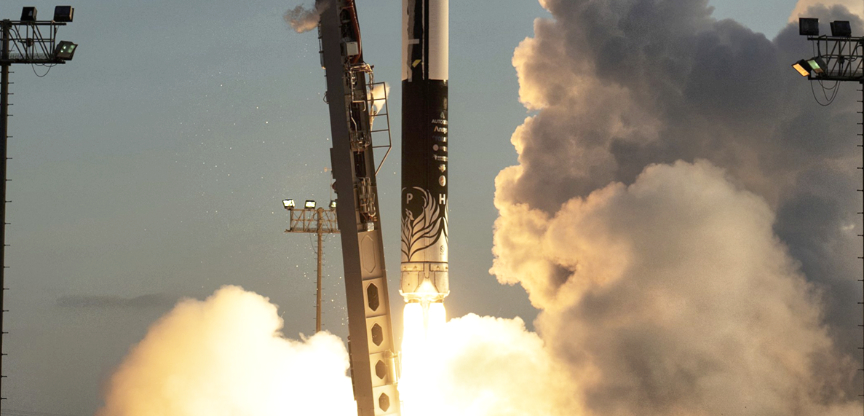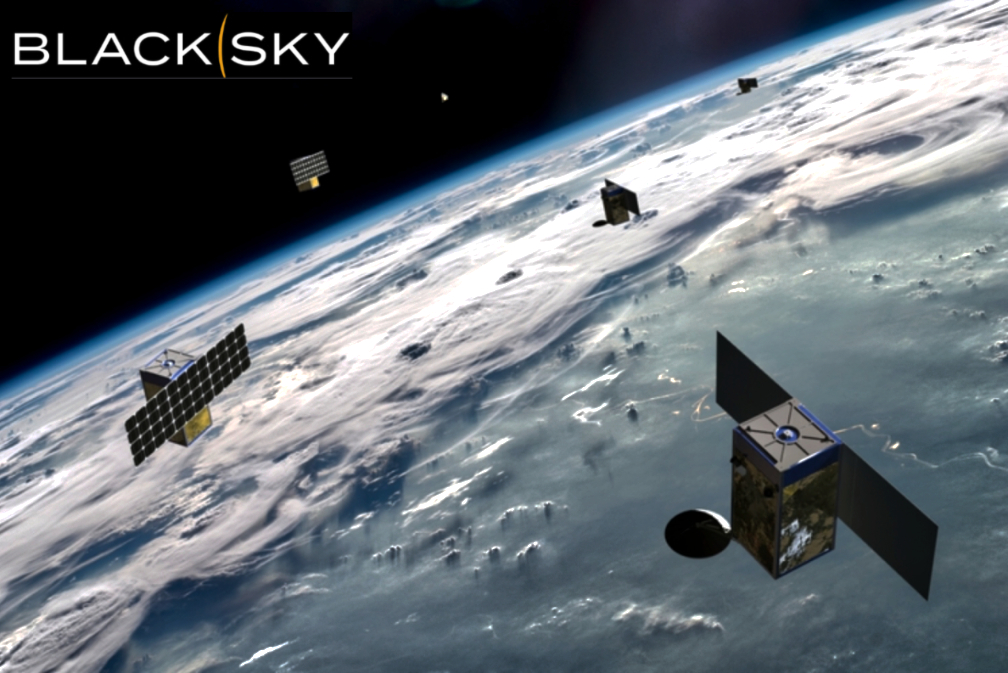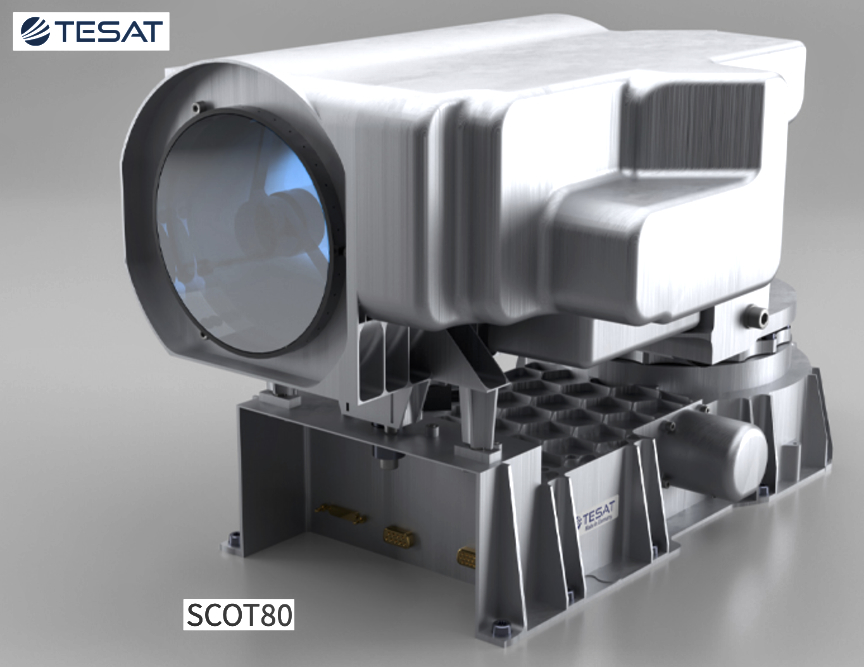
TESAT was recently selected by MDA Space Ltd. (TSX:MDA) to deliver 792 Optical Communication Terminals (OCT) as part of the supply chain for MDA AURORATM.
The 792 SCOT80 OCTs will be manufactured on a specific line in TESAT’s new high-volume production facility in Backnang, Germany. The facility has been built to meet the requirements of next space satellite constellations. The MDA AURORATM supply chain will help support product deliveries for anchor customer Telesat LEO satellite constellation Telesat Lightspeed, an innovative, advanced global network that will bring enterprise-class connectivity to customers worldwide.
TESAT began its collaboration with MDA Space more than 20 years ago and the company’s have been working closely together on several successful space programs since that time.
“We feel honored that we have been selected once again working in close cooperation with MDA Space for Telesat Lightspeed. This program will result in the next level of advanced broadband networks. We have been preparing for this kind of constellation orders by investing continuously in R&D to keep our pole position in optical communications technology, already proven by in-orbit applications with more than 86,000 successful links, and by investing in our new production facility in Backnang for serial production of OCTs. The trust that MDA Space puts again in us now proves that we are well on track,” said Thomas Reinartz, CEO of TESAT.

